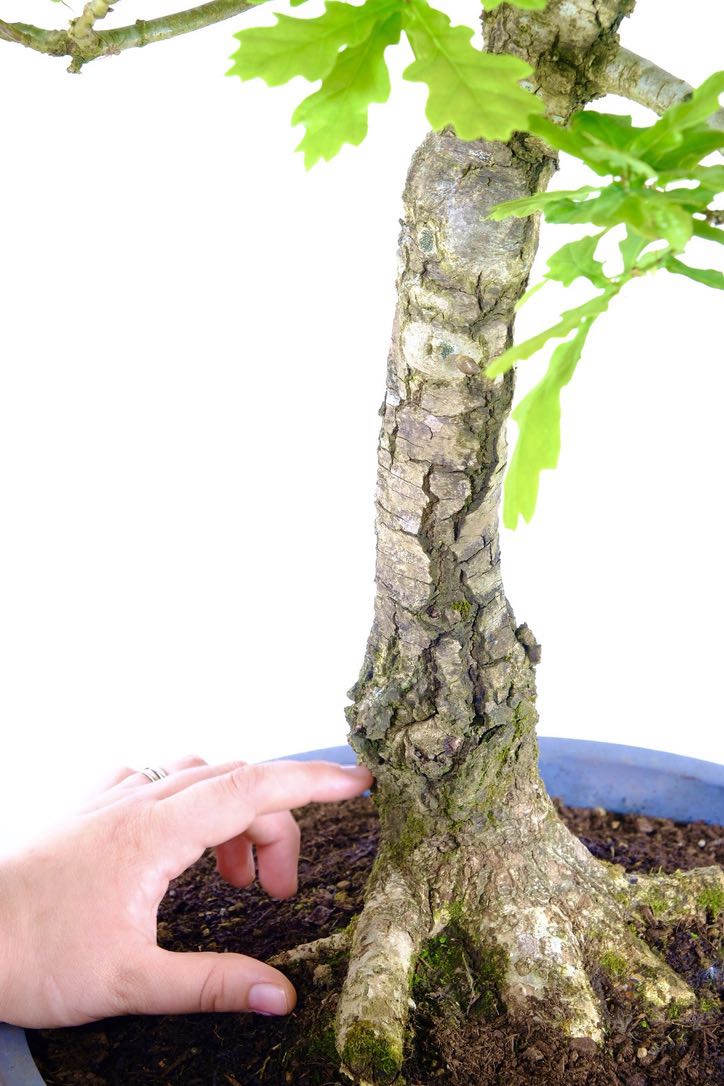
English Oak Bonsai A Timeless Masterpiece of Natural Beauty UK
English oak bonsai, in particular, is a popular choice among bonsai enthusiasts due to its hardy nature and beautiful foliage. However, like any other living creature, English oak bonsai needs proper care and attention to thrive. In this article, we will discuss some dos and don'ts for maintaining a healthy English oak bonsai..

English Oak colour Bonsai tree, Bonsai plants, Bonsai art
Born as a corner of the East on the outskirts of Milan, Crespi Bonsai is still a meeting point between cultures in the name of a profound respect for nature. Here you can visit the Crespi Bonsai Museum, which hosts many old bonsai specimen, as the millennial Ficus, and have a walk in the shop where you can find indoor and outdoor bonsai of.

English Oak bonsai with sweeping branches in sky blue pot
Step 2: Repot and Prune your Oak Bonsai Tree. As a rule of thumb, a 1-gallon container can make a perfect fit for the recently bought or obtain from the wild oak sapling. Once repotted, use sharp, small, thin pruning shears or scissors to remove the most vigorous shots on the upper levels of the sapling. Do make sure to keep fragile shots.
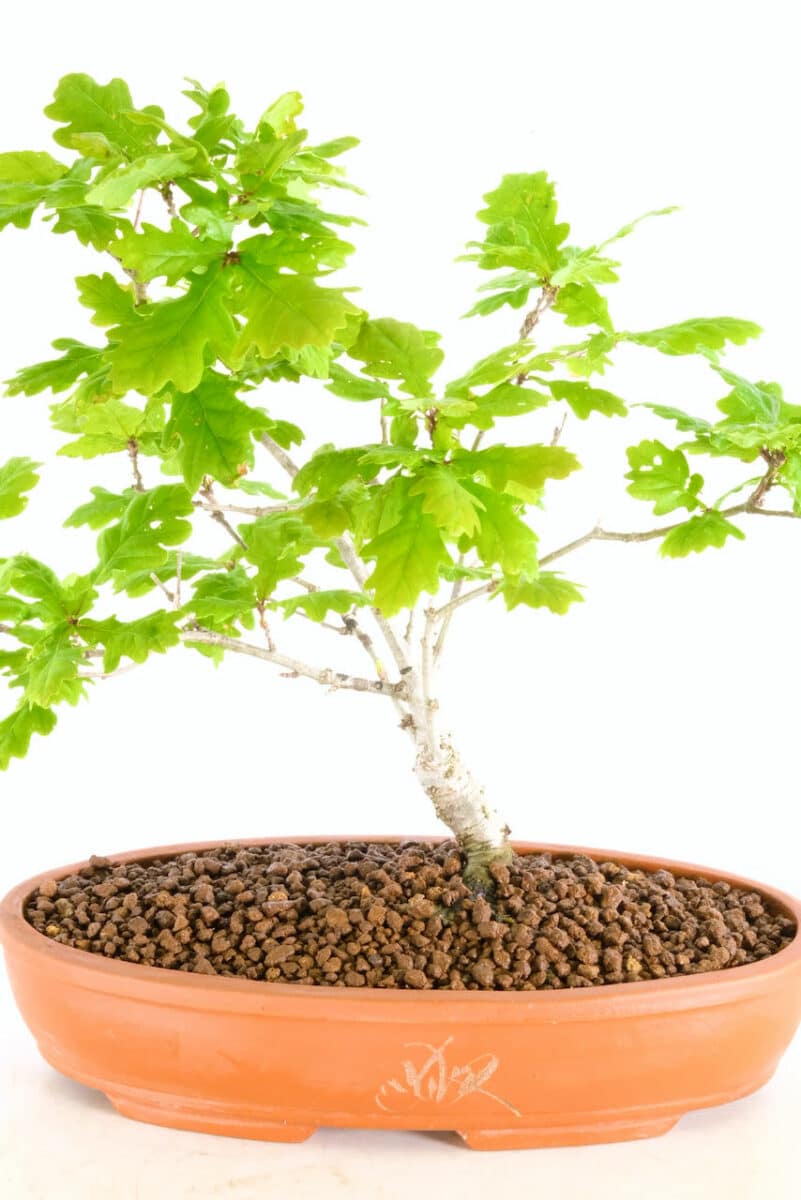
English Oak (Quercus robur) bonsai for sale in cream ceramic pot
The Oak is also extremely hardy and resilient. A fast grower, the Oak tree can develop a thick trunk very quickly. The foliage back buds easily, making it easy to style and manipulate. Bonsai Specifications: - Age Range: 3-5 Years Old. - Height: 11" - 14" Tall Potted. - Pot: 6" Ceramic Bonsai Pot.
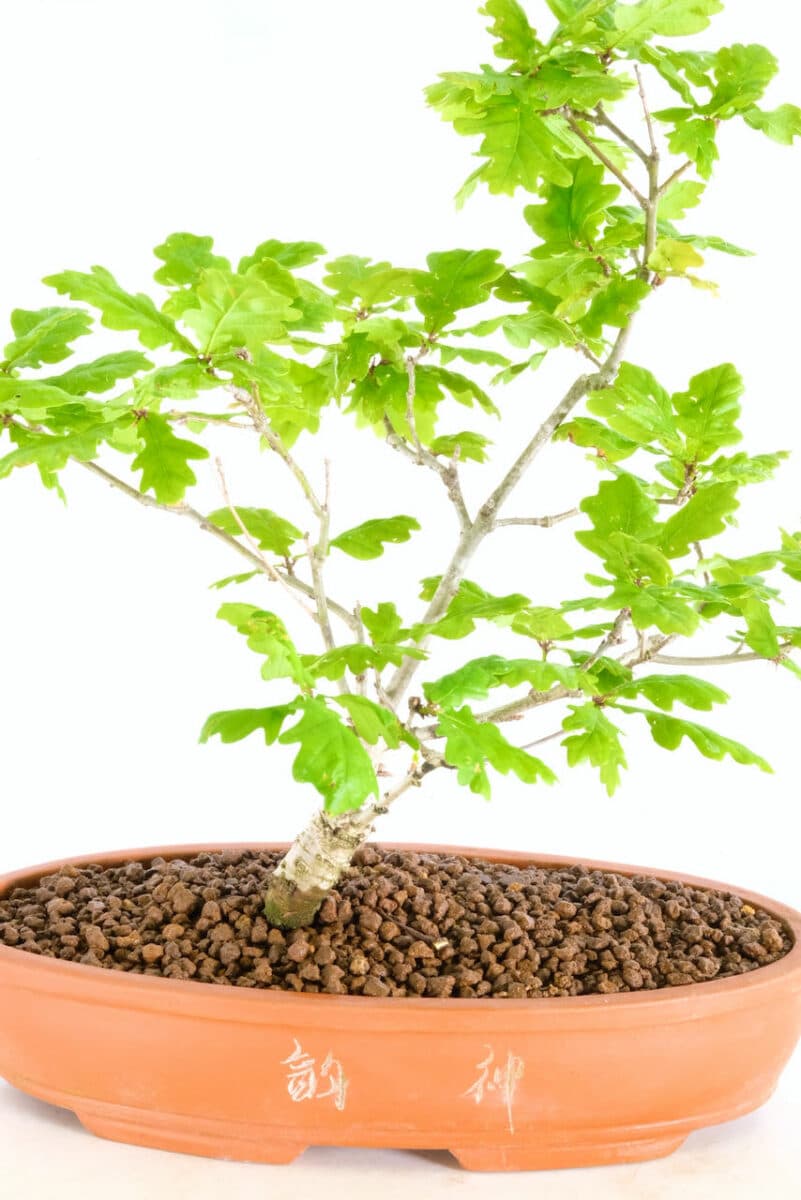
English Oak (Quercus robur) bonsai for sale in cream ceramic pot
Bonsai Master Nobuyuki Kajiwara repots an English Oak (Quercus robur), His deftness and attention to detail has inspired me over the years and with each year.

English Oak Bonsai A Timeless Gift of Natural Splendour UK
English Oak Bonsai Care. To care for an English oak bonsai, water it regularly and fertilize it every two weeks. Prune it regularly to keep its shape, and repot it every three to five years. Because they do not break down as the seasons change, live oak species are referred to as live oak because they stay green all year. Southern live oak.

Specimen Quality English Oak (Quercus robur) hardy bonsai tree for sale
The English Oak bonsai captures the essence of nature by mimicking the majestic grandeur of a full-sized oak tree. By cultivating a bonsai English Oak, enthusiasts can establish a deep connection with nature, bringing the tranquility and serenity of the outdoors into their homes. This connection not only enhances the aesthetic appeal of the.
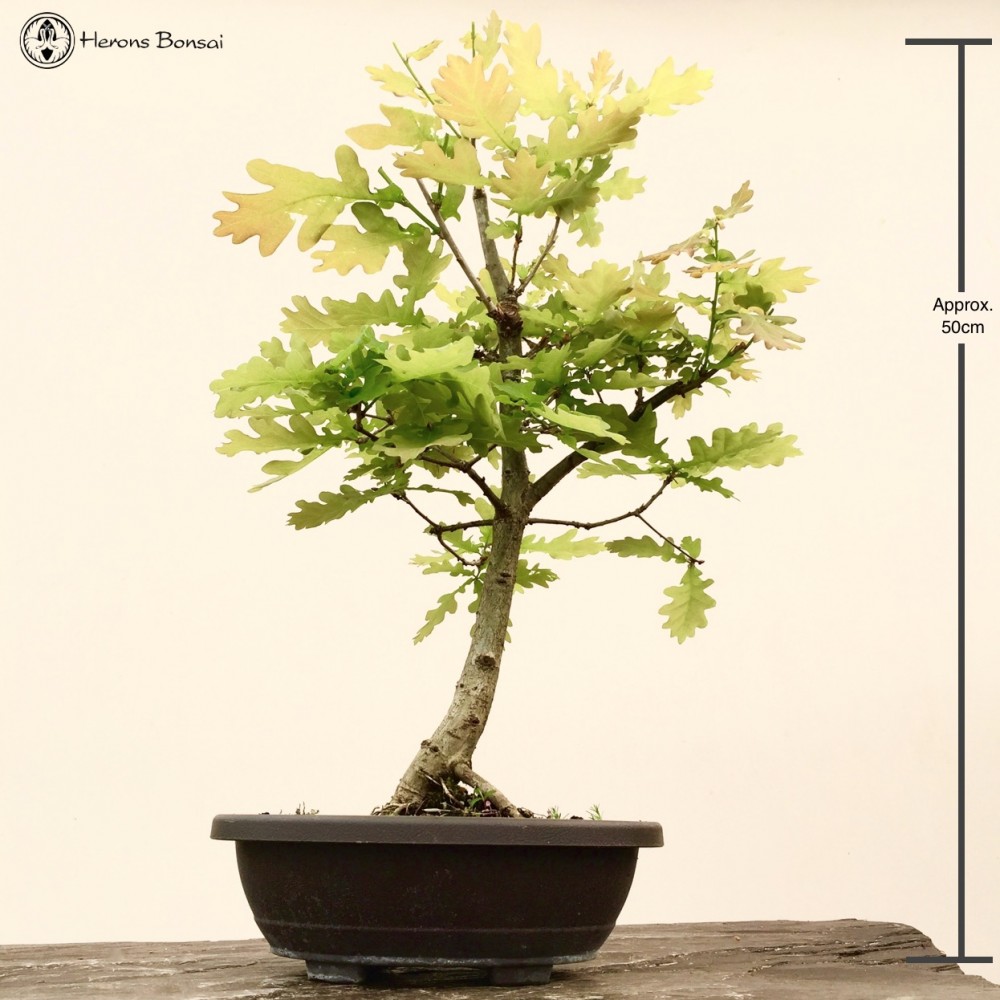
English Oak Tree Bonsai Starter Quercus Robur Plants, Seeds & Bulbs Garden & Patio
Care Info. Oak - English ( QUERCUS robur) -. REPOT : Annually until 10 years old and less frequently, as required, for older, larger trees. SOIL : Free draining soil : 40:60 GRIT :organic. PRUNE : Branch prune winter/early spring. PINCH : Pinch new SHOOTS to 1 or 2 LEAVES in early sum ME r. Remove larger leaves to encourage leaf size reduction.

English oak Quercus robur bonsai tree seeds acorns Árvores bonsai, Bonsai, Arte no jardim
Quercus petraea/ Sessile Oak Closely resembles the English Oak Q.Robur but has longer leaves of between 6-17cm. Commonly reaches heights of 30m in mainland Europe. Fully hardy but needs protection from hard frost when grown as bonsai. Quercus robur/ English Oak Slow-growing and long-lived deciduous tree. Lobed leaves are yellow-green in Spring.
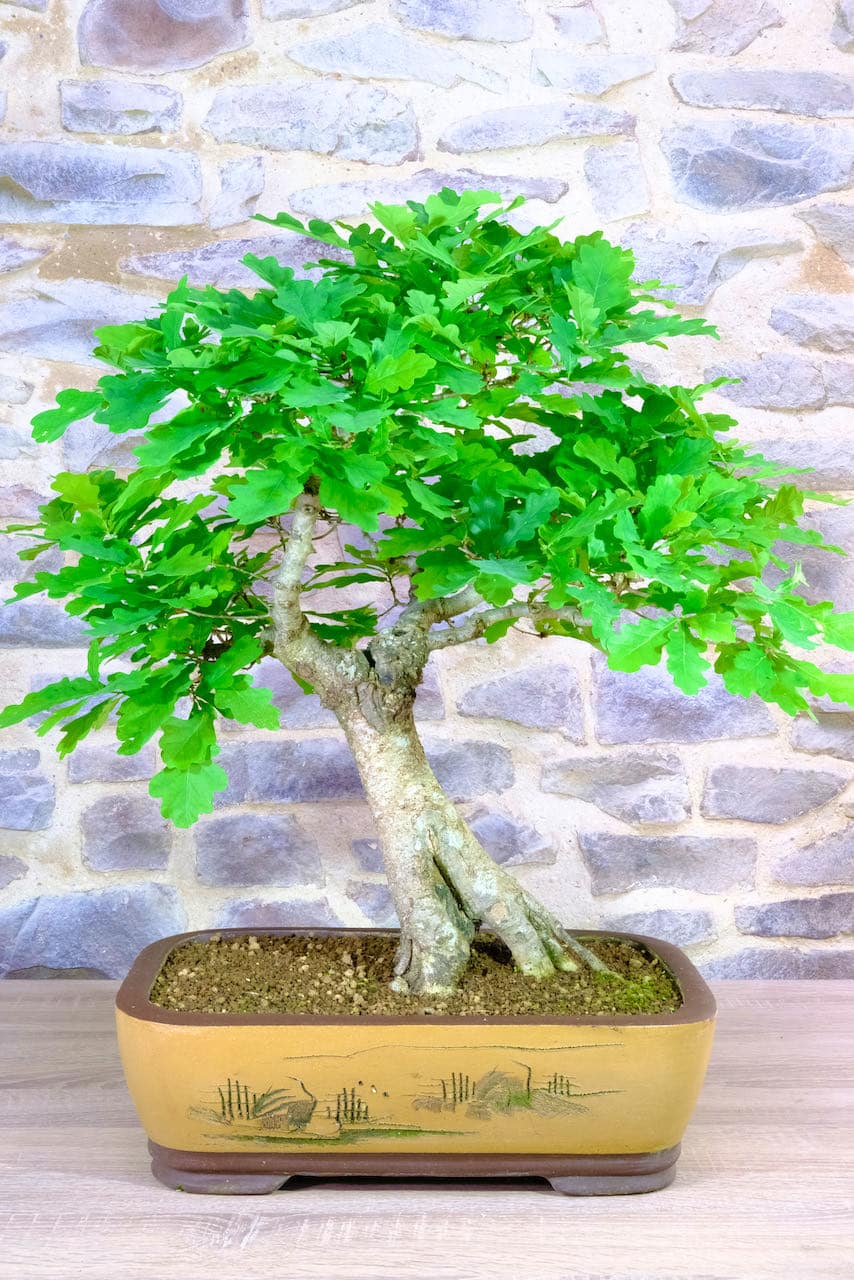
Magnificent English Oak Outdoor Bonsai with Phenomenal Proportions
The English oak (Quercus robur) is a sprawling tree that can grow up to 50 feet high with a canopy 50 feet wide. It needs to go dormant in the winter and is grown as an outdoor bonsai in U.S. Department of Agriculture plant hardiness zones 4 through 8. An English oak naturally grows large leaves.

Truly Magnificent English Oak Outdoor Bonsai
Quercus robur, aka English Oak - Slow-growing and long-lived deciduous tree. Lobed leaves are yellow-green in Spring turning to bronze in Autumn up to 5-15cm long with very small stalks. There is much hybridization between Q.Robur and Q.Petraea found growing in Europe. Height to 35m. Bonsai Cultivation Notes
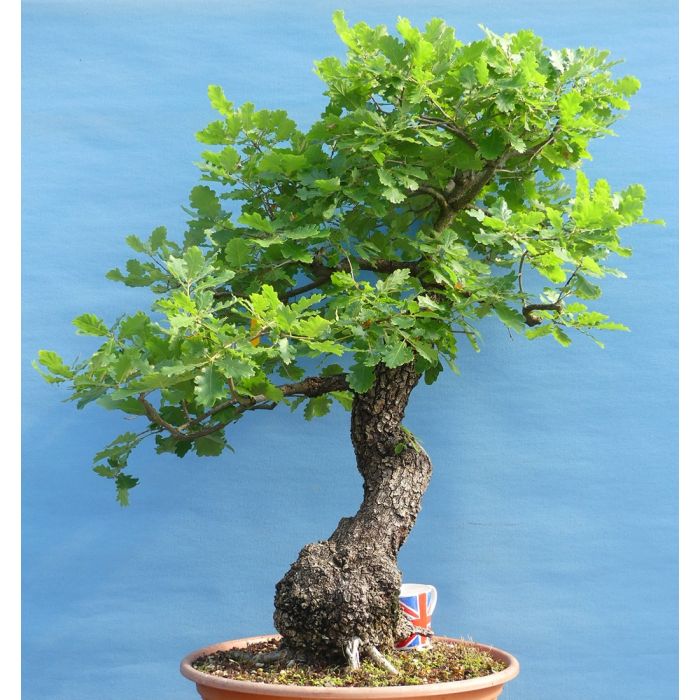
Yamadori English Oak Bonsai Material
bonsai care. This tree is a deciduous, hardy, English Oak (botanical name, Quercus robur) that magically comes alive in the spring. Although a fairly slow growing tree, w hen cared for and fed properly, the trunk of the English Oak can weather and thicken fairly quickly, and it can produce small leaves in a short amount of time.

English Oak Outdoor Bonsai A Tribute to Nature's Artistry UK
Our English Bonsai Oak trees are fantastic representations of these majestic native trees. They form powerful trunks and main branches and make incredible bonsai. On most of our oak bonsai the leaf size is down to about 5cm (2″) and on some of the older ones they are about 2.5cm (1″) They are easy to care for and extremely hardy. A bonsai.

English Oak bonsai Bonsai forest, Bonsai garden, Bonsai
The next step to bonsai an oak tree is to begin pruning the sapling. When you do your first pruning session, you'll shear/clip off branches and leaves. To do so, you can use either scissors or pruning shears, as long as they are clean. So, use rubbing alcohol to wash the blades before you begin pruning to avoid spreading disease to your new.
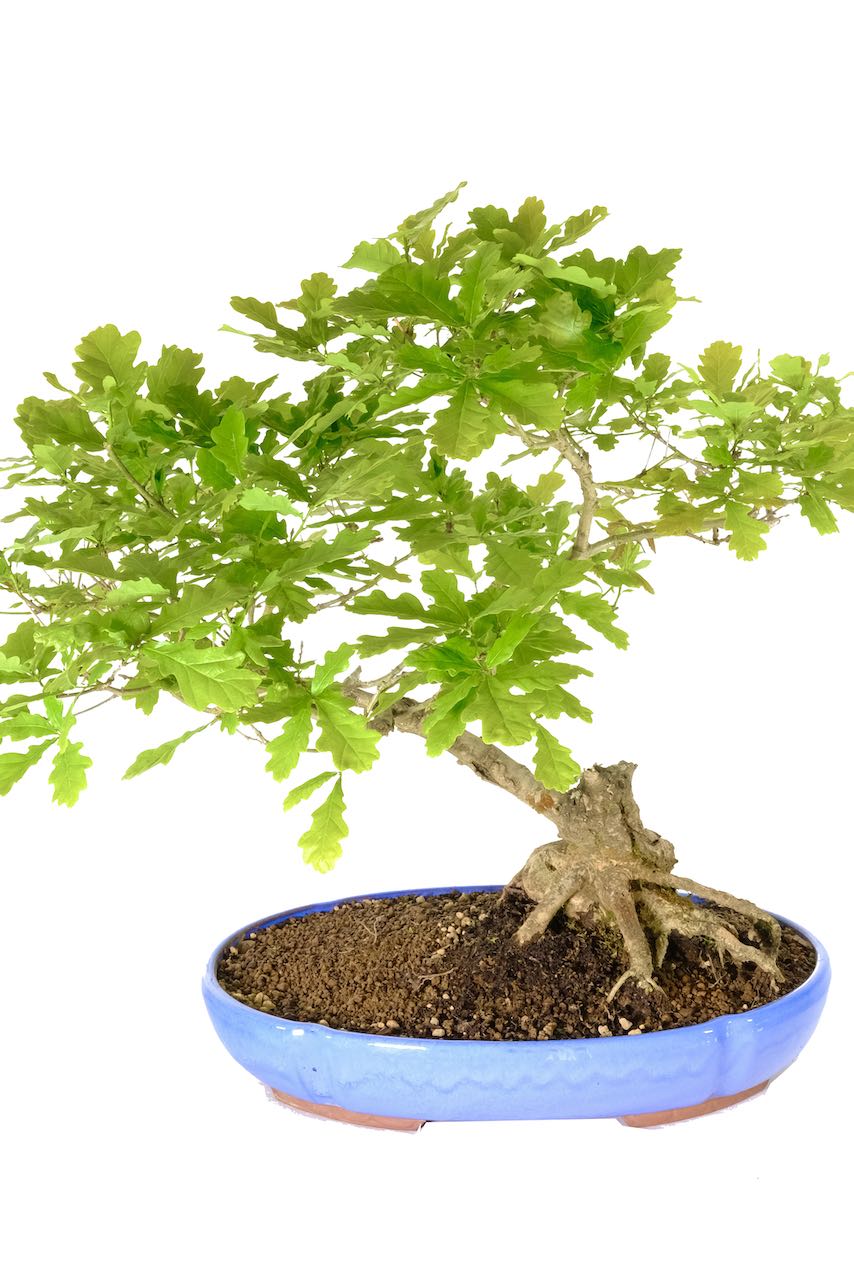
Specimen English Oak Hardy bonsai exquisite character 25 yrs
Young English oak bonsai tree should be repotted every year. Mature bonsai trees older than 10 years can be repotted every second or third year. Early spring is a good time to repot the tree. Prune no more than 20 percent of root. Do heavy pruning in the spring at repotting time before new buds are about to burst.
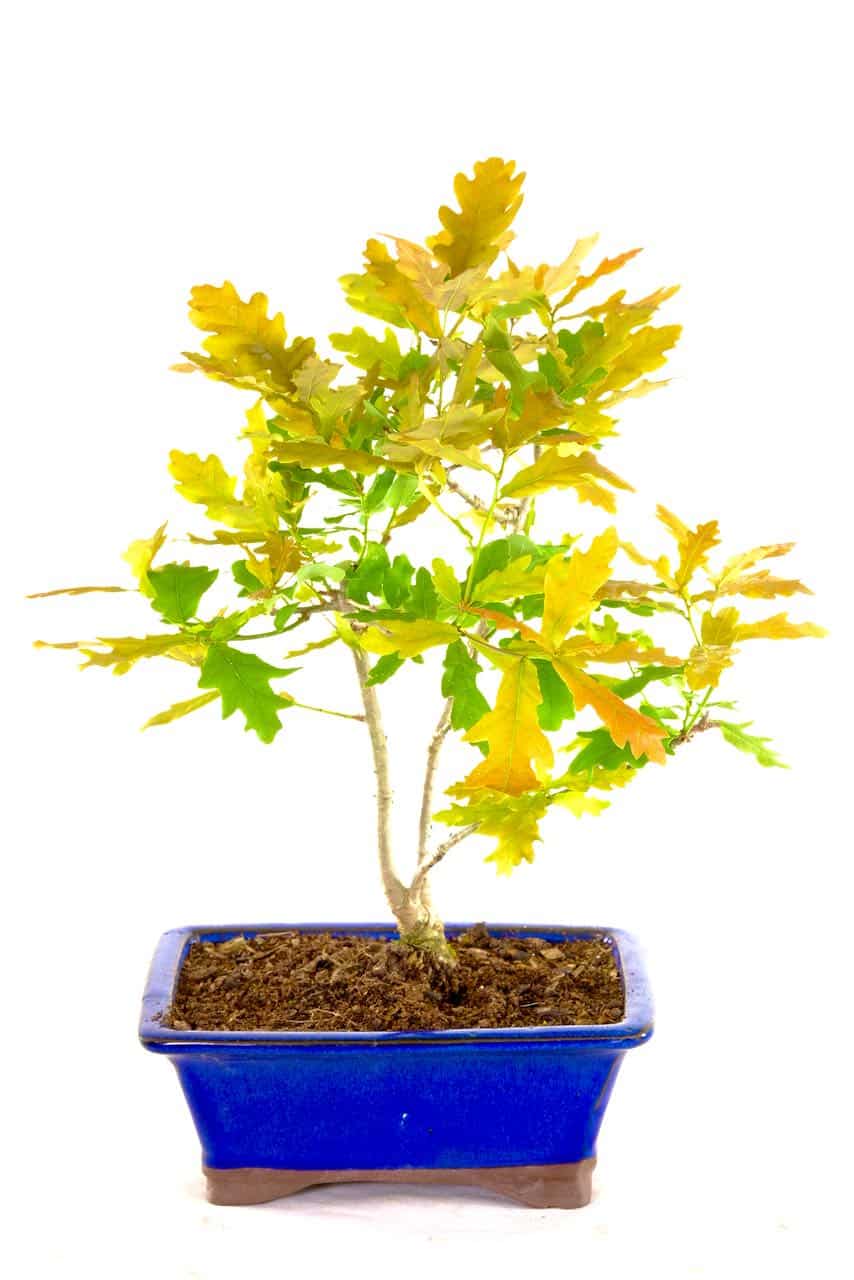
English Oak Bonsai A Stunning Outdoor Bonsai Gift UK
English oak bonsai is preferably shaped by pruning because using a wire can cause damage to its attractive bark. How to Prune Branches and Leaves. Step #1: Pinching off the bud at the top of the bonsai tree once it is as tall as you desire is the first step, and this is referred to as the apical bud. Pinch it before it extends during spring to.